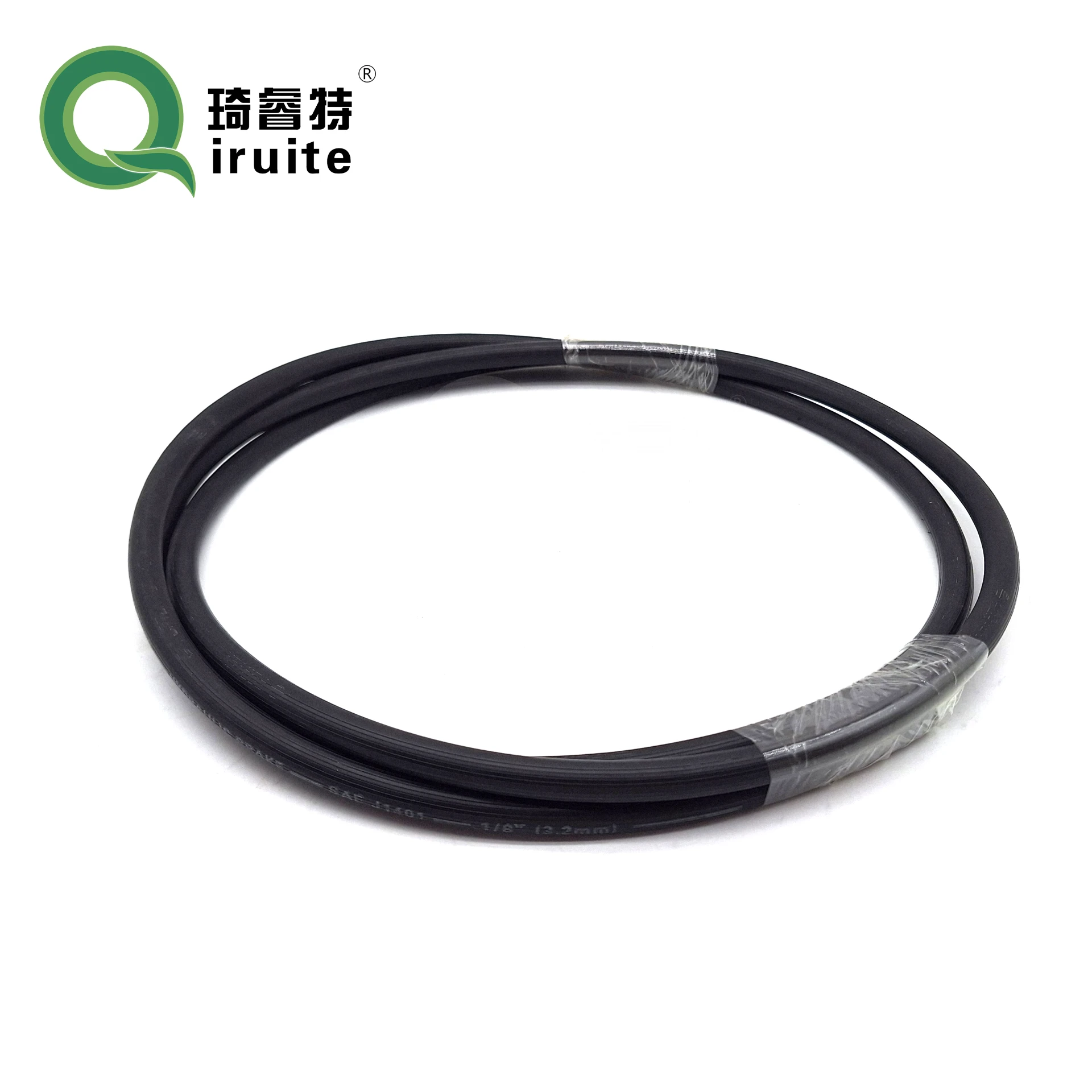Replacing Power Steering Hose Clamps for Optimal Vehicle Performance and Maintenance
Replacing Power Steering Hose Clamps A Comprehensive Guide
Power steering systems are essential for modern vehicles, providing the necessary assistance to steer with minimal effort. One of the often-overlooked components of this system is the power steering hose and its associated clamps. Over time, these hoses can wear out, and the clamps can become loose or corroded, potentially leading to power steering fluid leaks and diminished performance. In this article, we will guide you through the process of replacing power steering hose clamps, ensuring your steering system operates efficiently.
Understanding Power Steering Hose Clamps
Power steering hose clamps serve a critical role in maintaining the integrity of the power steering system. They secure the hoses to the pump, rack, and main pressure lines. If a clamp is damaged or becomes loose, it can result in fluid leakage, which might not only affect steering performance but also cause long-term damage to the power steering pump and other components.
Signs of Worn or Damaged Clamps
Before undertaking any replacements, it's essential to identify the signs of worn or damaged clamps. Some warning signs include
1. Fluid Leaks Spotting power steering fluid (usually a reddish or amber fluid) pooling under the vehicle. 2. Difficulty Steering Increased effort required to turn the steering wheel. 3. Whining Noise A whining or groaning noise when steering, indicating low fluid levels due to leaks. 4. Corrosion or Cracking Visual inspection may reveal rust, corrosion, or cracking on the clamps.
Tools and Materials Needed
To replace power steering hose clamps, gather the following tools and materials
- New hose clamps (make sure to get the correct size) - Screwdriver or pliers (depending on the type of clamps) - Rags for cleaning up any fluid spills - A container to catch any leaking fluid - Replacement power steering fluid
Step-by-Step Replacement Process
power steering hose clamps replacement

1. Safety First Begin by parking the vehicle on a level surface and ensuring the engine is off. Engage the parking brake for extra safety.
2. Locate the Hose Clamps Open the hood and locate the power steering hoses connecting the power steering pump to the steering rack. Identify the clamps that need replacement.
3. Clean the Area Use rags to clean any power steering fluid around the hoses and clamps. This will help you see if there are any leaks after the replacement.
4. Release Pressure If there's built-up pressure in the system, gently loosen the reservoir cap to release it. This step can prevent excess fluid from leaking out when you're removing the clamps.
5. Remove the Old Clamps Using a screwdriver or pliers, carefully loosen and remove the old clamps. Be cautious not to damage the hoses during this process.
6. Inspect the Hoses Check the hoses for any signs of wear or damage. If the hoses are also worn out, consider replacing them before securing new clamps.
7. Install New Clamps Place the new hose clamps over the ends of the hoses. Ensure they are seated properly against the hose and the fitting. Use your screwdriver or pliers to tighten them adequately. Be careful not to overtighten, as this may damage the hose.
8. Refill the Power Steering Fluid If you lost any fluid during the replacement, refill the power steering reservoir with the appropriate type of power steering fluid.
9. Test the System Start the engine and turn the steering wheel from lock to lock a few times. This action will help to circulate the fluid and eliminate air pockets. Check for any leaks around the new clamps.
Conclusion
Replacing power steering hose clamps may seem like a minor task, but it's crucial for the overall health of your vehicle’s steering system. Regular maintenance and timely replacements can prevent larger issues down the line, ensuring a smooth and safe driving experience. Remember, if you're ever in doubt or uncomfortable performing this task, seeking help from a professional mechanic is always a wise decision.
-
Ultimate Spiral Protection for Hoses & CablesNewsJun.26,2025
-
The Ultimate Quick-Connect Solutions for Every NeedNewsJun.26,2025
-
SAE J1401 Brake Hose: Reliable Choice for Safe BrakingNewsJun.26,2025
-
Reliable J2064 A/C Hoses for Real-World Cooling NeedsNewsJun.26,2025
-
Heavy-Duty Sewer Jetting Hoses Built to LastNewsJun.26,2025
-
Fix Power Steering Tube Leaks Fast – Durable & Affordable SolutionNewsJun.26,2025

